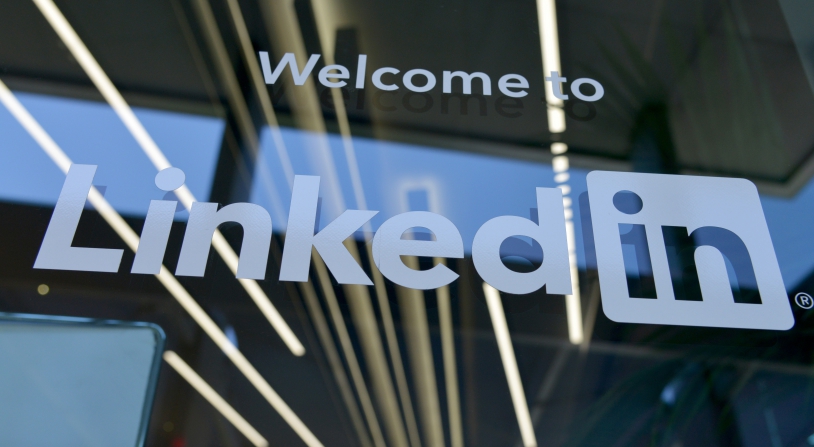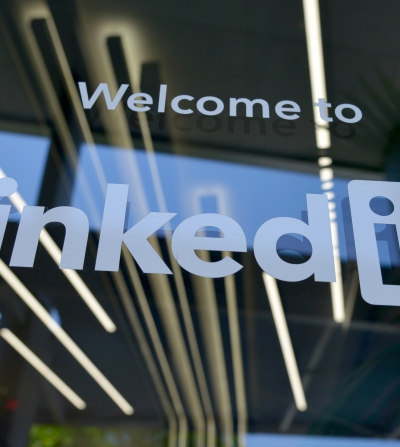Marketing
Marketing To Gen Alpha: How Brands Can Win Over The Next Generation
Public relations strategies for gaming platforms need a fresh approach to connect with Gen Z and Gen Alpha audiences. These digital natives, born between 1997-2012 and 2010-2024 respectively, respond differently to traditional marketing methods compared to previous generations. Their media consumption habits center around mobile devices, social platforms, and authentic content from trusted voices. Gaming companies must adapt their PR tactics to meet these younger players where they spend their time, using methods that feel natural and engaging rather than promotional. This shift requires understanding the unique characteristics of these generations and implementing targeted strategies that align with their values and preferences.
Young gamers today show distinct preferences in how they consume content and interact with gaming brands. Research from Marketing Dive shows that Gen Alpha, in particular, gravitates toward interactive experiences within gaming environments like Roblox and Minecraft. These players value authenticity, community participation, and creative expression above traditional advertising messages.
Public relations strategies for gaming platforms need a fresh approach to...
Game Marketing On Social Media In 2025: Building Interactive Campaigns For Indie Success
Social media has become the cornerstone of successful game marketing, with platforms like TikTok, Twitter, and Discord shaping how players discover and connect with new titles. Small studios and indie developers now compete directly with major publishers through creative social campaigns that build authentic connections with their target audiences. Recent data shows that 87% of gamers use social media daily, making these platforms essential channels for reaching potential players. The rise of short-form video content and community-driven marketing has created new opportunities for game promotion that don’t require massive budgets – just strategic thinking and genuine engagement with your audience.
Social media campaigns that actively involve your audience generate significantly more engagement than traditional promotional content. According to recent studies, posts that include interactive elements receive 150% more engagement than static announcements. Start by identifying your target audience’s preferred platforms and content types. For example, if you’re developing a mobile puzzle game, Instagram Stories and TikTok challenges might resonate better than long-form YouTube content.
Social media has become the cornerstone of successful game marketing, with...
How to Maximize LinkedIn for B2B Marketing
LinkedIn stands as the premier platform for B2B marketing, with over 930 million members worldwide and 63 million decision-makers actively using the platform. For B2B companies, LinkedIn generates more than 50% of all social media traffic and 80% of B2B leads, making it an indispensable channel for business growth. The platform’s professional focus and sophisticated targeting capabilities create unique opportunities for companies to connect with decision-makers, build meaningful relationships, and generate high-quality leads. Whether you’re just starting with LinkedIn marketing or looking to improve your existing strategy, this comprehensive guide will show you how to maximize your B2B marketing efforts on the platform.
Your LinkedIn company page serves as your business’s professional identity on the platform. According to LinkedIn, companies with complete profiles receive 30% more weekly views than those with incomplete information. Start by ensuring all basic profile elements are properly optimized.
LinkedIn stands as the premier platform for B2B marketing, with over 930...
The Future of Martech and PR: Emerging Trends to Watch
Marketing technology and public relations stand at a turning point as privacy regulations reshape data practices, voice search changes content strategies, and immersive experiences redefine brand storytelling. Recent studies show that 65% of consumers now interact with brands through voice-enabled devices, while 83% expect companies to protect their personal data proactively. The convergence of these trends creates both challenges and opportunities for marketing leaders who must adapt their approaches while maintaining effective customer connections.
Privacy regulations like GDPR and CCPA have fundamentally changed how organizations collect and use customer data. Marketing teams must now prioritize transparent data practices and explicit consent mechanisms. A recent study by the Digital Marketing Institute found that 79% of consumers will stop engaging with brands they don’t trust with their personal information.
Marketing technology and public relations stand at a turning point as privacy...
Protecting Customer Data: A Cybersecurity Guide for Fitness Centers
Data breaches at fitness centers can devastate both businesses and members, with the average cost of a breach reaching $4.45 million in 2023. Fitness centers collect sensitive personal information, from health metrics to payment details, making them attractive targets for cybercriminals. Recent attacks on major fitness chains have exposed millions of customer records, leading to legal consequences and damaged reputations that took years to repair. This guide provides fitness center owners and managers with practical steps to protect customer data, maintain regulatory compliance, and respond effectively to security incidents.
The first line of defense starts with implementing robust security measures across all systems handling customer data. Encrypted databases should safeguard both stored information and data in transit. Access controls must limit system entry to authorized personnel only, with unique login credentials and multi-factor authentication for added security.
Data breaches at fitness centers can devastate both businesses and members,...
Influencer PR Strategies for Fintech Brands: A Guide to Micro vs. Macro Partnerships
Financial technology marketing requires a thoughtful approach to building trust and credibility with consumers. As fintech brands compete for attention in an increasingly crowded market, influencer partnerships have become a key strategy for reaching and engaging target audiences. The right influencer collaboration can help explain complex financial products, demonstrate real-world applications, and create authentic connections with potential customers. Yet choosing between micro and macro influencers – and executing campaigns effectively – remains a significant challenge for many fintech marketers.
When evaluating influencer partnerships, fintech brands must weigh several key factors. Micro-influencers, typically defined as those with 10,000-100,000 followers, often maintain highly engaged niche audiences. Data from a recent study by Later shows micro-influencers achieve engagement rates of 3.86% on Instagram, compared to just 1.21% for accounts with over 1 million followers. This increased engagement stems from their perceived authenticity and specialized expertise.
Financial technology marketing requires a thoughtful approach to building...
Social Responsibility in Fintech Branding: Building Trust Through Ethical Finance
Financial technology has reshaped banking, payments, and investment services over the past decade. Yet consumer trust remains the bedrock of success in financial services. Today’s fintech brands face mounting pressure to demonstrate genuine social responsibility while delivering digital innovation. Recent studies show 73% of consumers consider a company’s ethical stance before using their services, with this figure rising to 84% among millennials and Gen Z. The intersection of social responsibility and fintech branding presents both challenges and opportunities for companies aiming to build lasting customer relationships.
Trust doesn’t automatically transfer from traditional banking to digital platforms. Fintech companies must work harder to establish credibility, especially when handling people’s money. Aspiration, a digital banking platform, tackled this challenge by making environmental impact tracking a core feature. Their app shows customers the carbon footprint of their purchases in real-time, backing up marketing claims with tangible metrics.
Financial technology has reshaped banking, payments, and investment services...
Gaming and Gamification: The New Currency of Event Success
Event organizers face mounting pressure to create memorable experiences that drive measurable results. Recent data shows that events incorporating gaming elements see attendance rates spike by 20% and participant satisfaction scores climb by up to 87%. Major brands like Salesforce, Adobe, and HubSpot have moved beyond basic points systems to create rich gaming experiences that turn passive attendees into active participants. This shift marks a fundamental change in how successful events operate – and signals where the industry heads next.
Gaming mechanics work because they tap into fundamental human motivations. When Microsoft integrated gaming elements into their developer conferences, session attendance increased 65% year-over-year. The gaming components created natural networking opportunities as attendees competed in challenges and shared achievements.
Event organizers face mounting pressure to create memorable experiences that...









